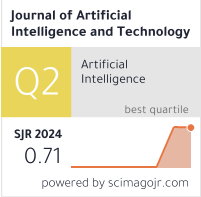Video-based Person Re-identification Based on Distributed Cloud Computing
DOI:
https://doi.org/10.37965/jait.2020.0058Keywords:
person re-identification, distributed cloud computing, data redundancy mechanismAbstract
Person re-identification has been a hot research issues in the field of computer vision. In recent years, with the maturity of the theory, a large number of excellent methods have been proposed. However, large-scale data sets and huge networks make training a time-consuming process. At the same time, the parameters and their values generated during the training process also take up a lot of computer resources. Therefore, we apply distributed cloud computing method to perform person re-identification task. Using distributed data storage method, pedestrian data sets and parameters are stored in cloud nodes. To speed up operational efficiency and increase fault tolerance, we add data redundancy mechanism to copy and store data blocks to different nodes, and we propose a hash loop optimization algorithm to optimize the data distribution process. Moreover, we assign different layers of the re-identification network to different nodes to complete the training in the way of model parallelism. By comparing and analyzing the accuracy and operation speed of the distributed model on the video-based dataset MARS, the results show that our distributed model has a faster training speed.
Metrics
Published
How to Cite
Issue
Section
License
Copyright (c) 2021 Authors

This work is licensed under a Creative Commons Attribution 4.0 International License.





